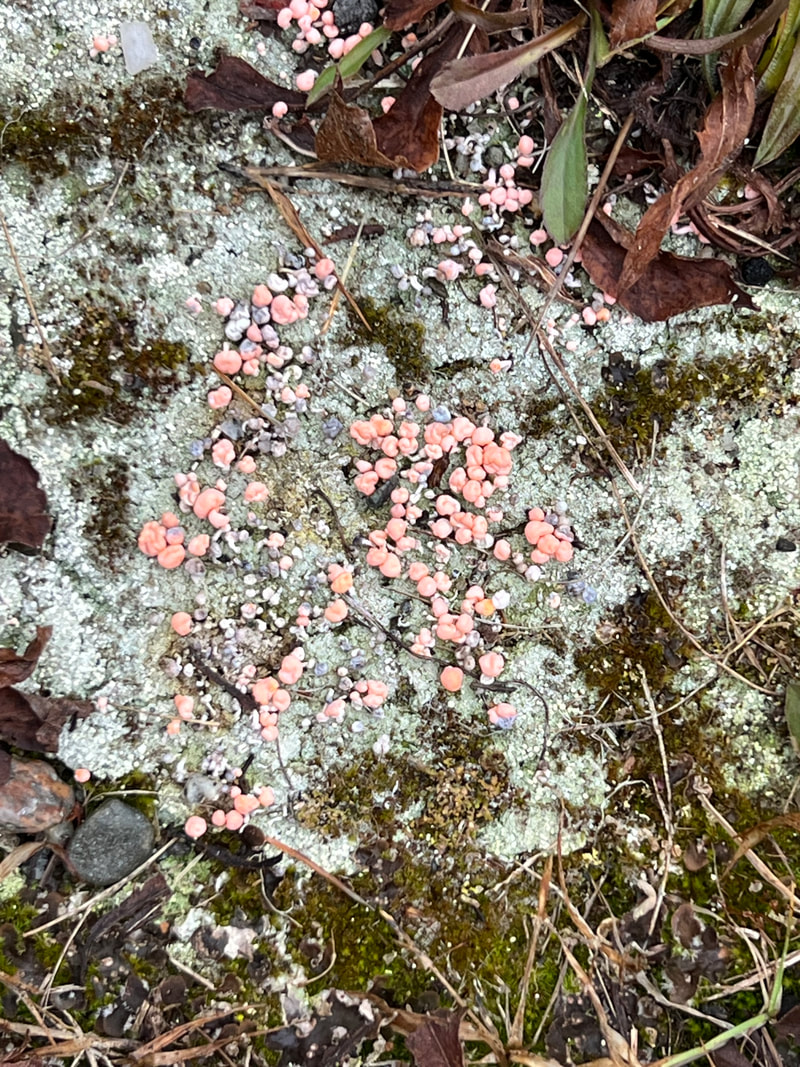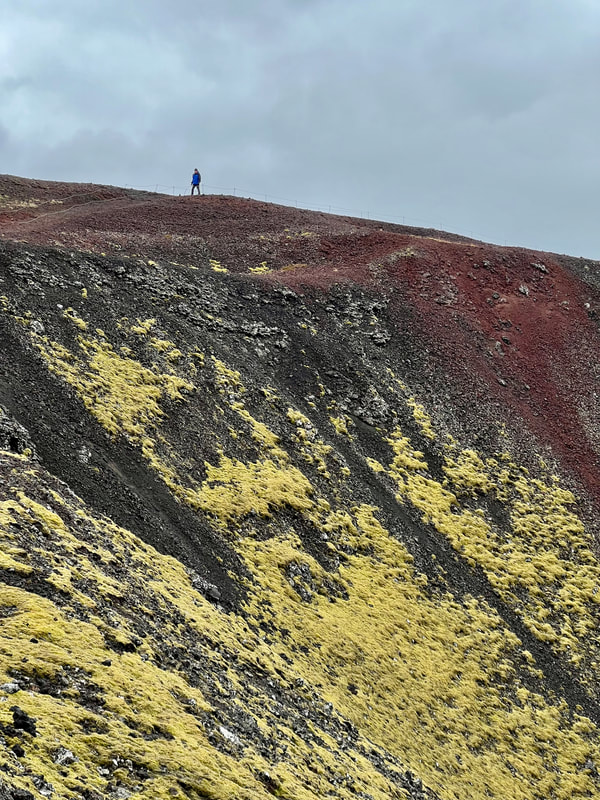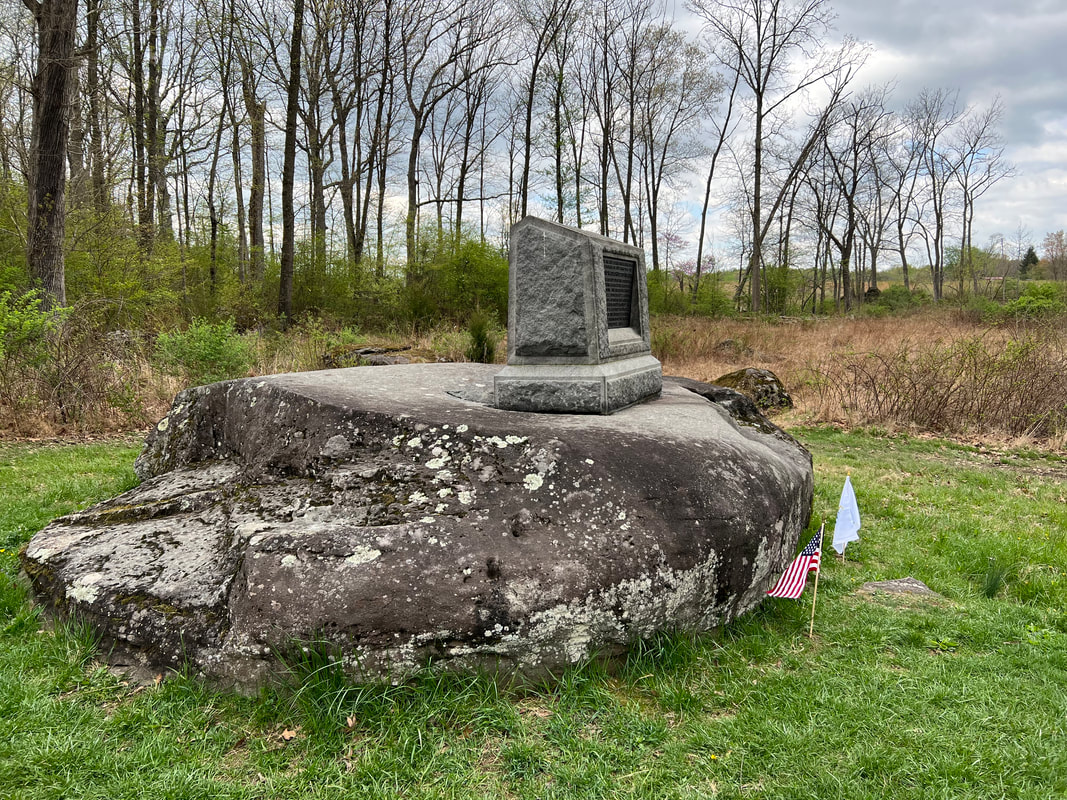I read a sign near the Capilano Suspension bridge in British Columbia last April which read: Lichens are one of the most bizarre forms of life because each lichen is actually composted of two, possibly even three, distinct species of organisms. Lichens are a partnership between fungus and algae that grow on rocks, tree branches and the bare ground. Lichens are considered living fossil plants since they are directly linked to the original plant life that first inhabited the Earth.
Ever since I happened upon that sign, I've been on a quest to take pictures of as many lichen and lichen-lookalikes that I could find. Luckily my PictureThis plant identifier app can differentiate lichen from just plain fungus and algae. PictureThis often identifies them as ‘lichenized.’
Lichens have no roots, stems, flowers, or leaves. They get their nutrients from the air and from rainwater. They are often grow in dark places where nothing else will. They can be found from the arctic to the tropics and some even survived a two week experimental stint in outer space. They contribute 80% of the nitrogen needed in a forest and are extremely sensitive to air pollution so are like the canary in the coal mine. Where there's lots of lichens, the air quality is better. Studies have shown that lichens growing on headstones in rural cemeteries are much more abundant and diverse than those in urban ones. When I google “lichens and cemeteries,” ads for detergents to kill lichen were the most numerous hits. Sounds like a bad idea to me.
Here’s a crazy bit of info for you—if it wasn’t for lichens and their friends the mosses and bacteria, the Great Wall of China might be a 13,000 mile long pile of rubble. Scientists studied the 'biocrust' made up on lichen, algae, and bacteria that grew there. They theorize that this living skin strengthens the wall and shields it from moisture and temperature fluctuations.
If in your travels near and far you should spot an interesting lichen-like plant or perhaps some growing on a famous tombstone or, better yet, on the Great Wall of China; please send me a picture. I’ll add it to this collection of lichen photos.
Ever since I happened upon that sign, I've been on a quest to take pictures of as many lichen and lichen-lookalikes that I could find. Luckily my PictureThis plant identifier app can differentiate lichen from just plain fungus and algae. PictureThis often identifies them as ‘lichenized.’
Lichens have no roots, stems, flowers, or leaves. They get their nutrients from the air and from rainwater. They are often grow in dark places where nothing else will. They can be found from the arctic to the tropics and some even survived a two week experimental stint in outer space. They contribute 80% of the nitrogen needed in a forest and are extremely sensitive to air pollution so are like the canary in the coal mine. Where there's lots of lichens, the air quality is better. Studies have shown that lichens growing on headstones in rural cemeteries are much more abundant and diverse than those in urban ones. When I google “lichens and cemeteries,” ads for detergents to kill lichen were the most numerous hits. Sounds like a bad idea to me.
Here’s a crazy bit of info for you—if it wasn’t for lichens and their friends the mosses and bacteria, the Great Wall of China might be a 13,000 mile long pile of rubble. Scientists studied the 'biocrust' made up on lichen, algae, and bacteria that grew there. They theorize that this living skin strengthens the wall and shields it from moisture and temperature fluctuations.
If in your travels near and far you should spot an interesting lichen-like plant or perhaps some growing on a famous tombstone or, better yet, on the Great Wall of China; please send me a picture. I’ll add it to this collection of lichen photos.











 RSS Feed
RSS Feed